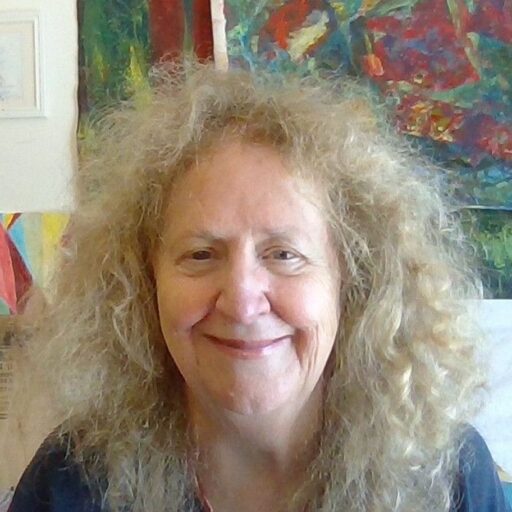Critical Place-Based Teacher Education
In the current climate of accountability and standardization in (teacher) education, the prospect of PBE taking root seems preposterous. And Dr. D. does not suggest that this particular foray into PBE is exemplary. The process of participating in the research, both by observing in classrooms in a focused and local way has been crucial, as was the literature we reviewed, and the teacher candidates’ reading of the various drafts of this paper.
We leave the reader with Jolynn’s reflections on PBE for her future students:
Given the rich history of the area, we are now left with what to do with it. We have made ourselves accountable by discovering such a rich history and now must attempt to use it to structure lessons. When beginning the process of creating a place-based lesson, we must do what has already been done in this instance, and find out the history of the place and the people. When considering a place’s history, we must also juxtapose that with the present. Each school year brings along with it changes in the type of learners, and as teachers, comfortable in the ways in which we were taught and how we learn, we must not forget this. Student surveys of their personal learning styles as well as their intelligences (Silver et al., 2000) help us to understand more about their “place.” When we begin to incorporate all of this, the term “place” begins to take on a new meaning. What is “place” to our students and how can we connect that with the environment around them and the history and culture of the territory they inhabit? For example, in a science lesson centered around the Jones County history, we would delve into the ecology of the county and how it was shaped by its history and agricultural practices that have left the area in its current state. When beginning a lesson such as this, we would need to get the students involved in the history by choosing a location that can share a story. This story will become the thread of the lesson and a historical timeline that the students will be able to reference with ease. This “story” also coincides with the culture of the area, as southern practices dictate history be passed down from person to person in a narrative format. Then we begin to involve scientific practices such as surveying the flora and fauna of the area as well as investigating areas of succession and human impact on the environment. Of course these scientific practices can be taught in other styles and formats, but by giving the students an anchor they can tie this information to, we are ensuring that the students are able to apply this information rather than simple memorization as well as instilling a sense of accountability to them for their environment and culture. This style of teaching requires that the educator go above and beyond the textbook, and certainly not be considered for those with concern for teaching to the test. But when enacted correctly, standards, evaluations, and course tests come simply and pleasantly as the teacher and student are both comfortable and confident with their knowledge of the material and their surroundings.
